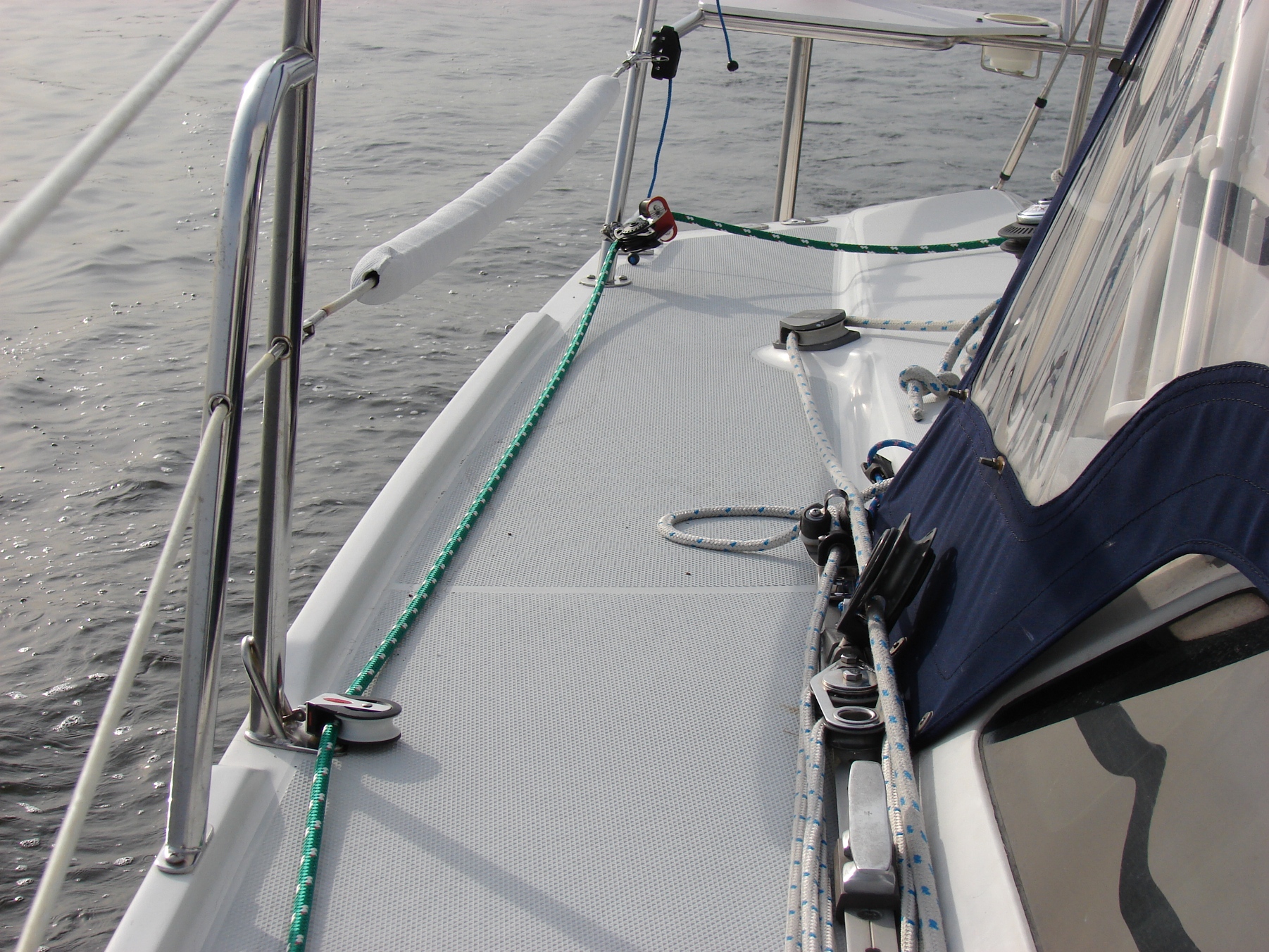Tag: diagnostics engine prop
Here’s an interesting story but not a good example of the usually good troubleshooting skills I pride myself on having...
The last couple of times I've been out, I noticed a sort of rattling under power but only at one specific rpm. The usually trusty, Yanmar 3GM was a little rougher at idle (in gear) also.
It sounded like I had caught a fishing line and the lure was whacking against the hull as the prop turned. The noise was louder in the cockpit, but barely noticeable in the aft cabin. Since it only occurred at 2000 (+/- 50) rpm, I was ignoring it.
Finally had a friend listen and he offered to dive the boat. No fishing line found. All zincs still tight to shaft. Shaft turned easily. No cutlass wear. No prop or shaft fouling (which was good since I pay a diver to clean every other month). No obvious prop damage.
So I decided to avail myself of the excellent alignment procedure and calculation spreadsheet that we have on our website (http://www.catalina320.com/article.php?story=2007053112223718&query=alignment). Opened up the engine to shaft coupling and it proceeded to open up to the tune of a .071" deflection at the top position!!! Side to side was fine.
So I said WOW!!! The front of the engine really needs to be raised (perhaps in combination with dropping the rear). Only then, was when I discovered that the jack nut on the portside front mount had come loose and was actually down to the base of the mount. So, that mount was doing nothing except constraining the engine foot from going any higher. What I couldn't believe was that the engine did not appear to be shaking wildly at the offending rpm, but apparently the shaft was whipping to some harmonic.
Anyway, I got the up/down alignment very close (.002) and gave up trying to horse the engine left/right once I achieved a .003 misalignment laterally. Runs smooth as silk now.
Funny thing, I was relating this story to a friend who had previously owned a C320, and he said that the exact same thing had happened to him.
So, checking the locknut and jack nut tightness, as well as the screws into the engine bed, are now on my annual maintenance checklist. Consider adding it to yours or to your pre-launch checklist. The alignment itself is non-trivial, but, checking mount bolts, checking cutlass play, checking thrust play, checking coupling bolts and wires, and changing the transmission fluid are simple things to do and should be done.
.jpg)
.jpg)
.jpg)


















